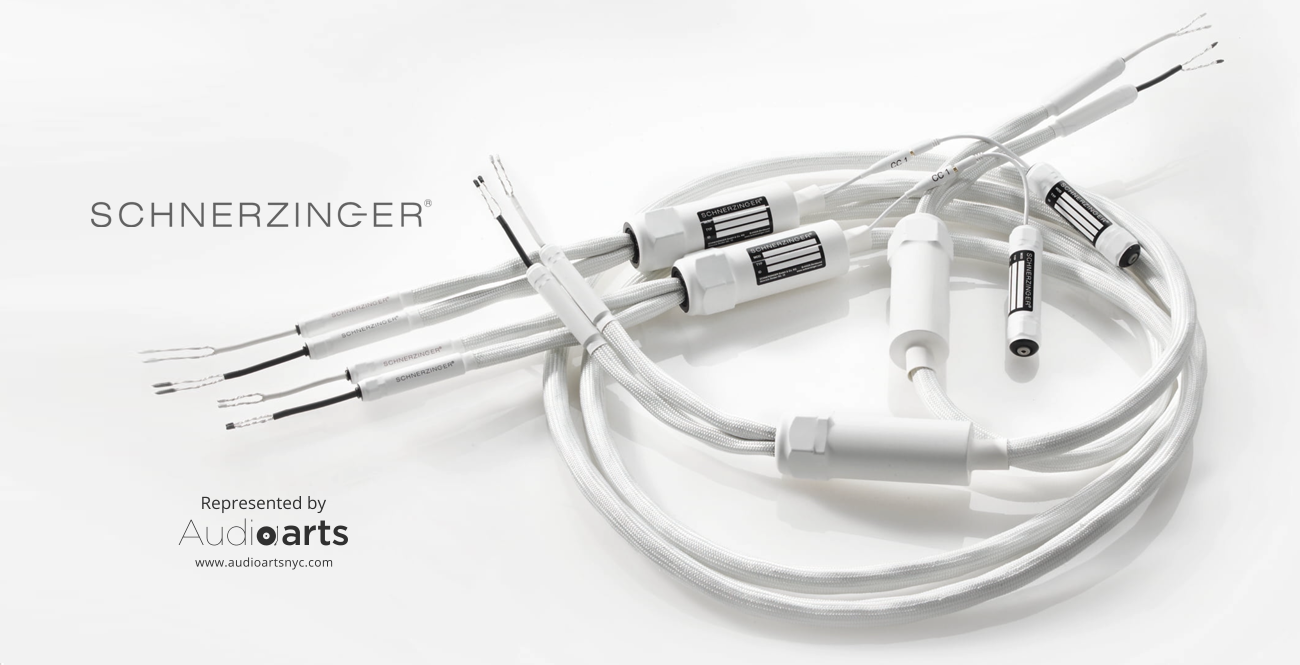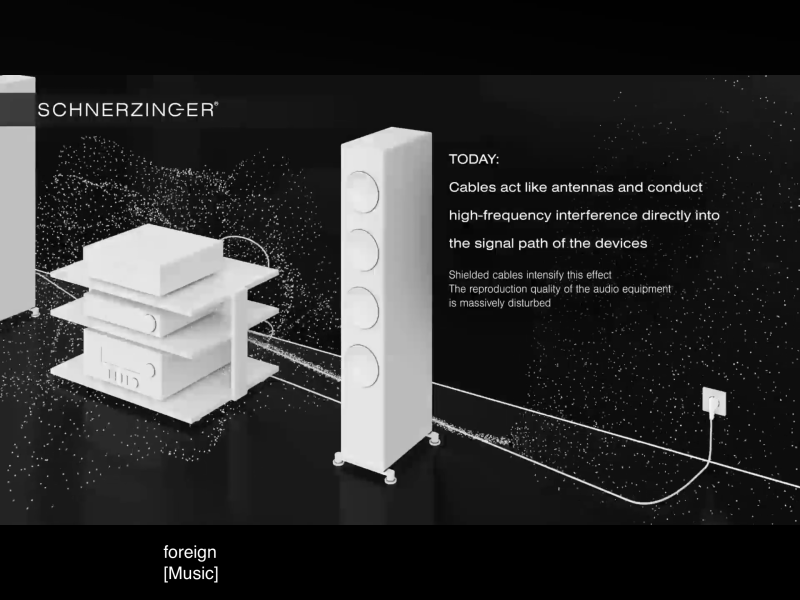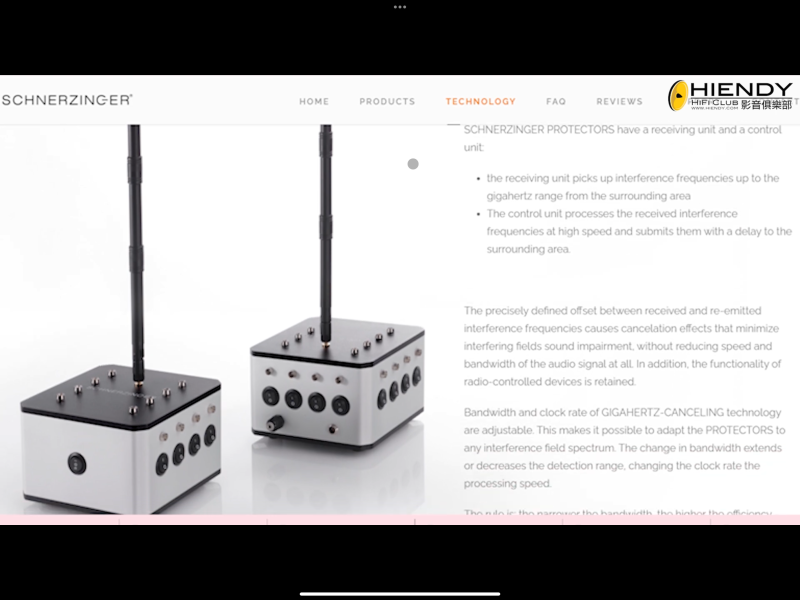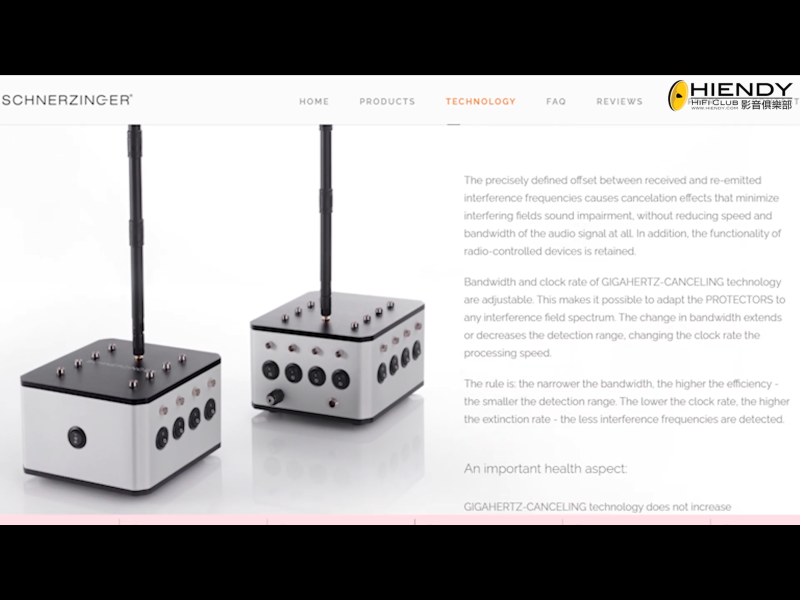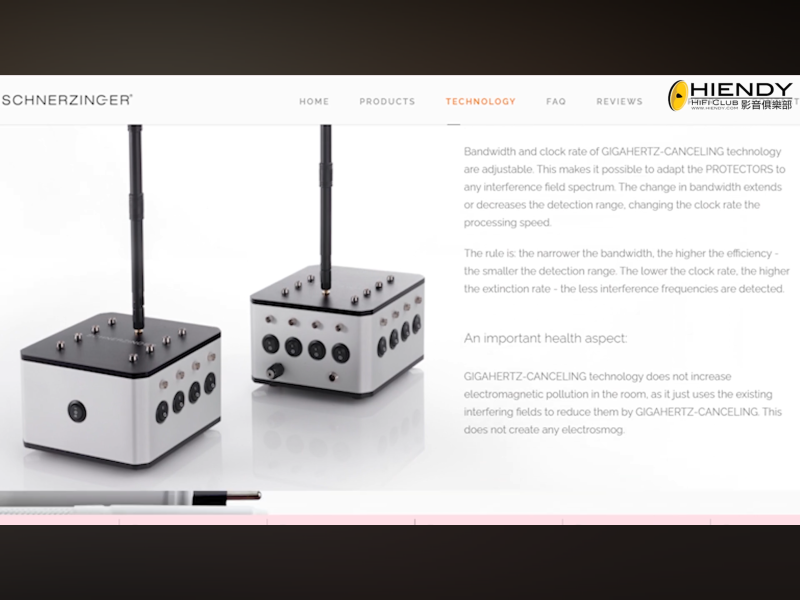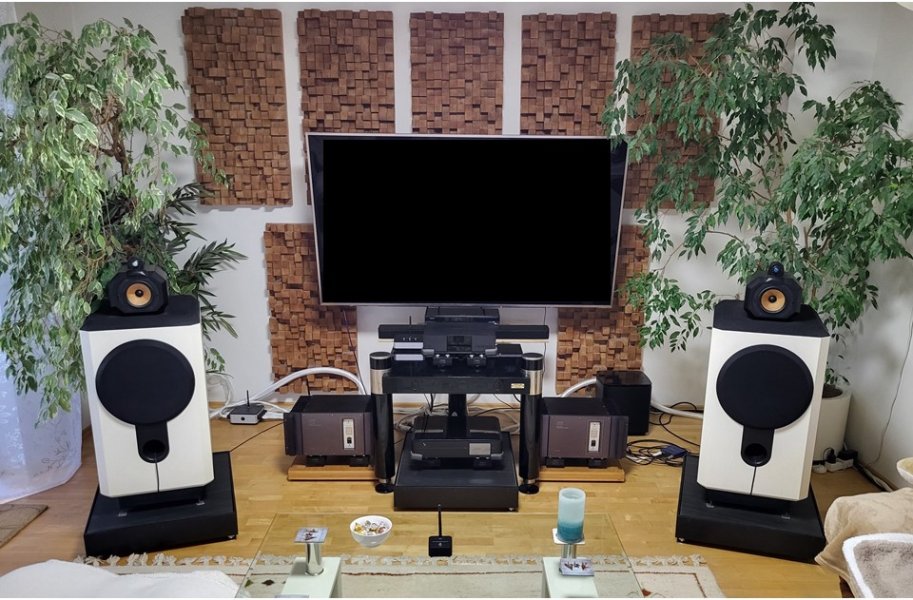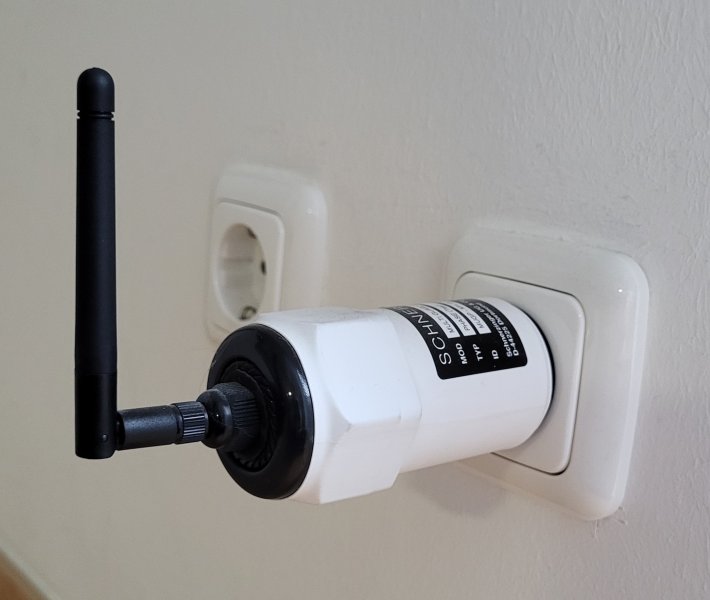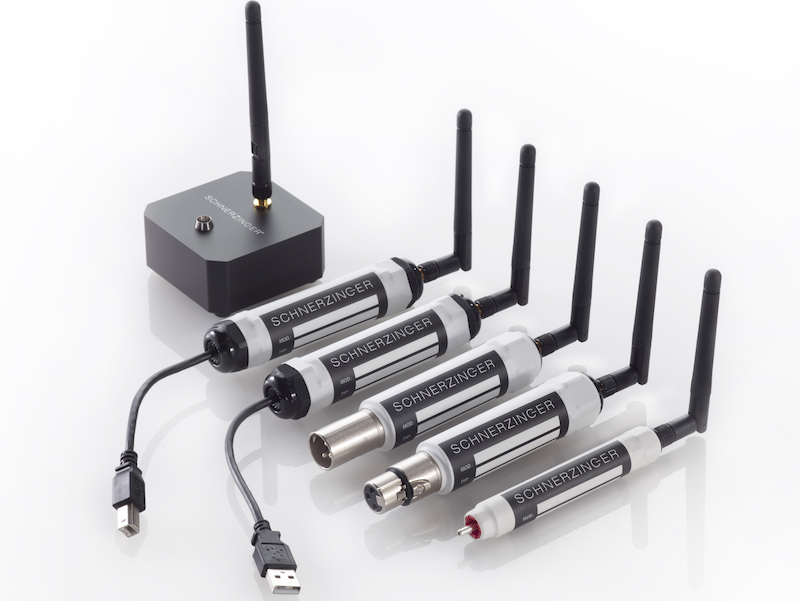Another HiEndy video has website images from Schnerzinger for the GIGA GUARD, which explained more about how it works. Don’t see the GIGA GUARD on the site anymore…
Also, there is the NEW INNOVATOR, which seems to be like the Allocator, but larger:
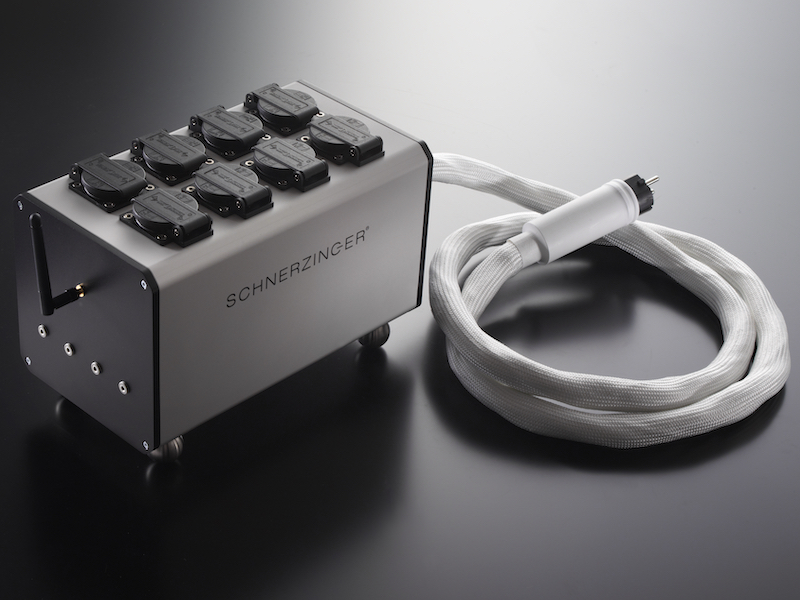
 www.schnerzinger.com
www.schnerzinger.com
There are a lot of products, and a lot of questions… For example, when is it better to connect the Component or Speaker guards, vs treating the room? The Component/Speaker guards seem to work in the same way, but they channel the frequency delay to the specific component directly.
Also, there is the NEW INNOVATOR, which seems to be like the Allocator, but larger:

NEW INNOVATOR - SCHNERZINGER
NEW INNOVATOR Für den Netzanschluss Das Kraftwerk für Ihre Stromverteilung Mehr erfahren SAUBERER STROM Innovative Netzverteilung Der NEW INNOVATOR ist ein komplexes, bidirektional arbeitendes Netzverteilersystem für bis zu 8 bzw. 12 Geräte, das die Spitze der innovativen SCHNERZINGER...
 www.schnerzinger.com
www.schnerzinger.com
There are a lot of products, and a lot of questions… For example, when is it better to connect the Component or Speaker guards, vs treating the room? The Component/Speaker guards seem to work in the same way, but they channel the frequency delay to the specific component directly.
Last edited:


